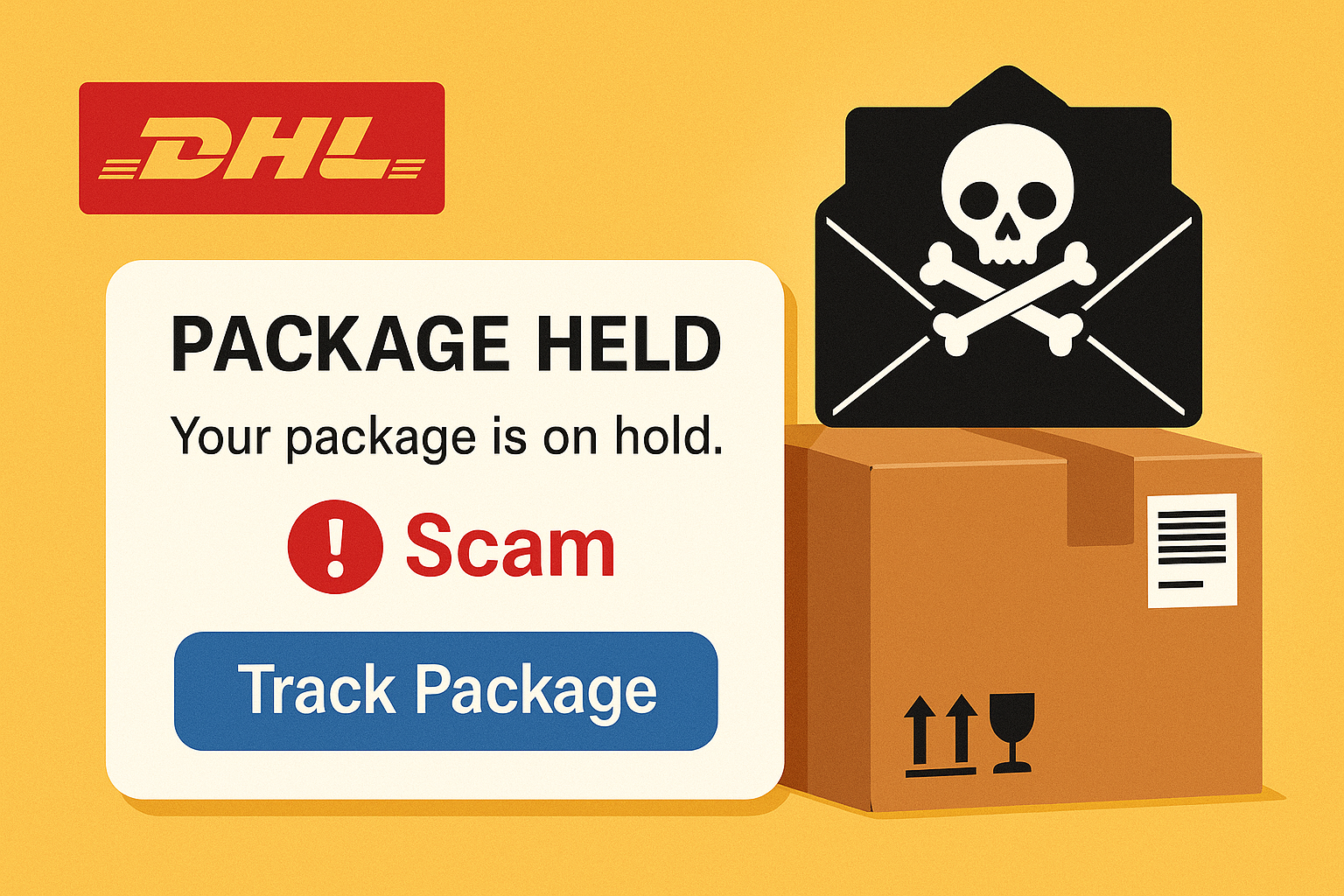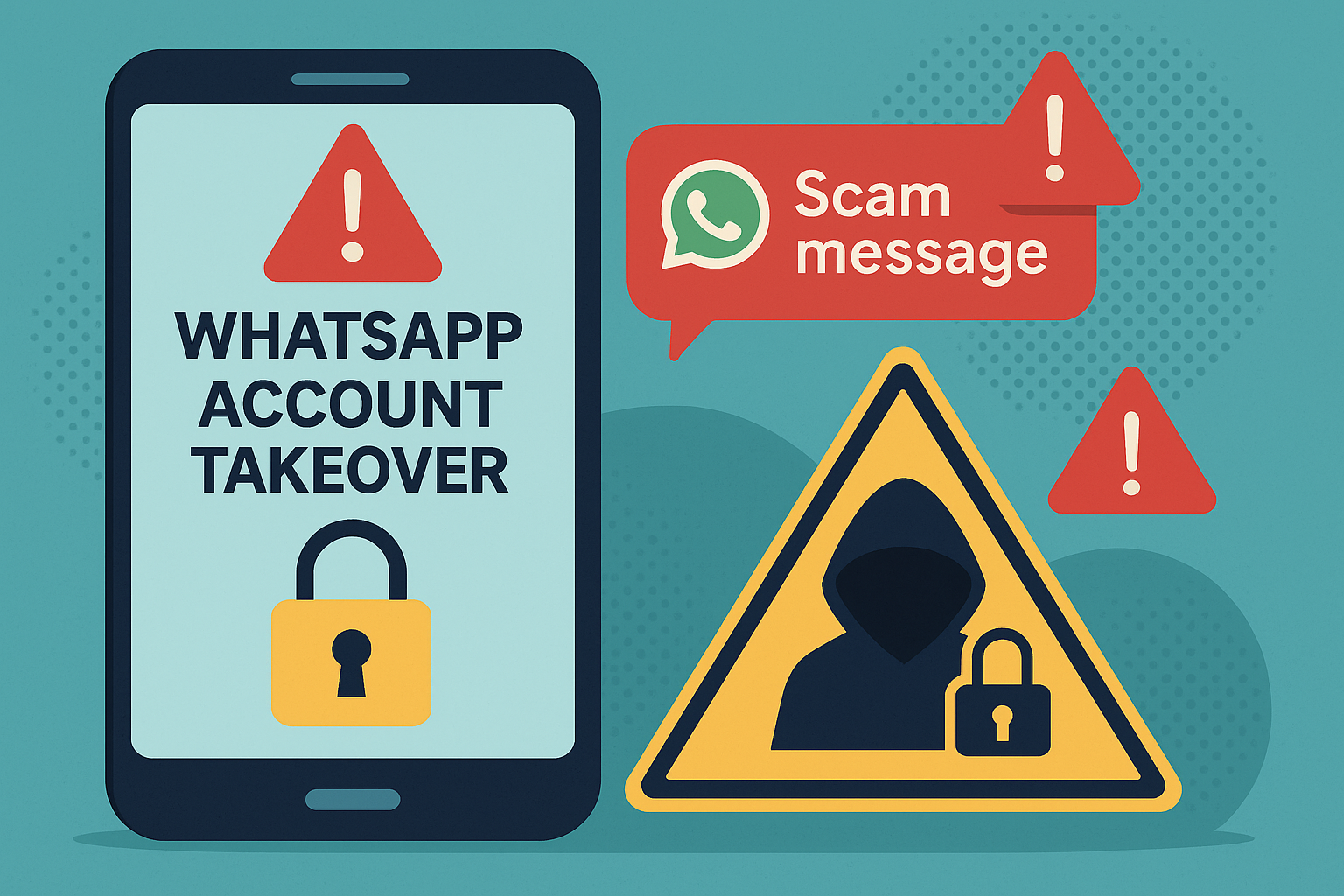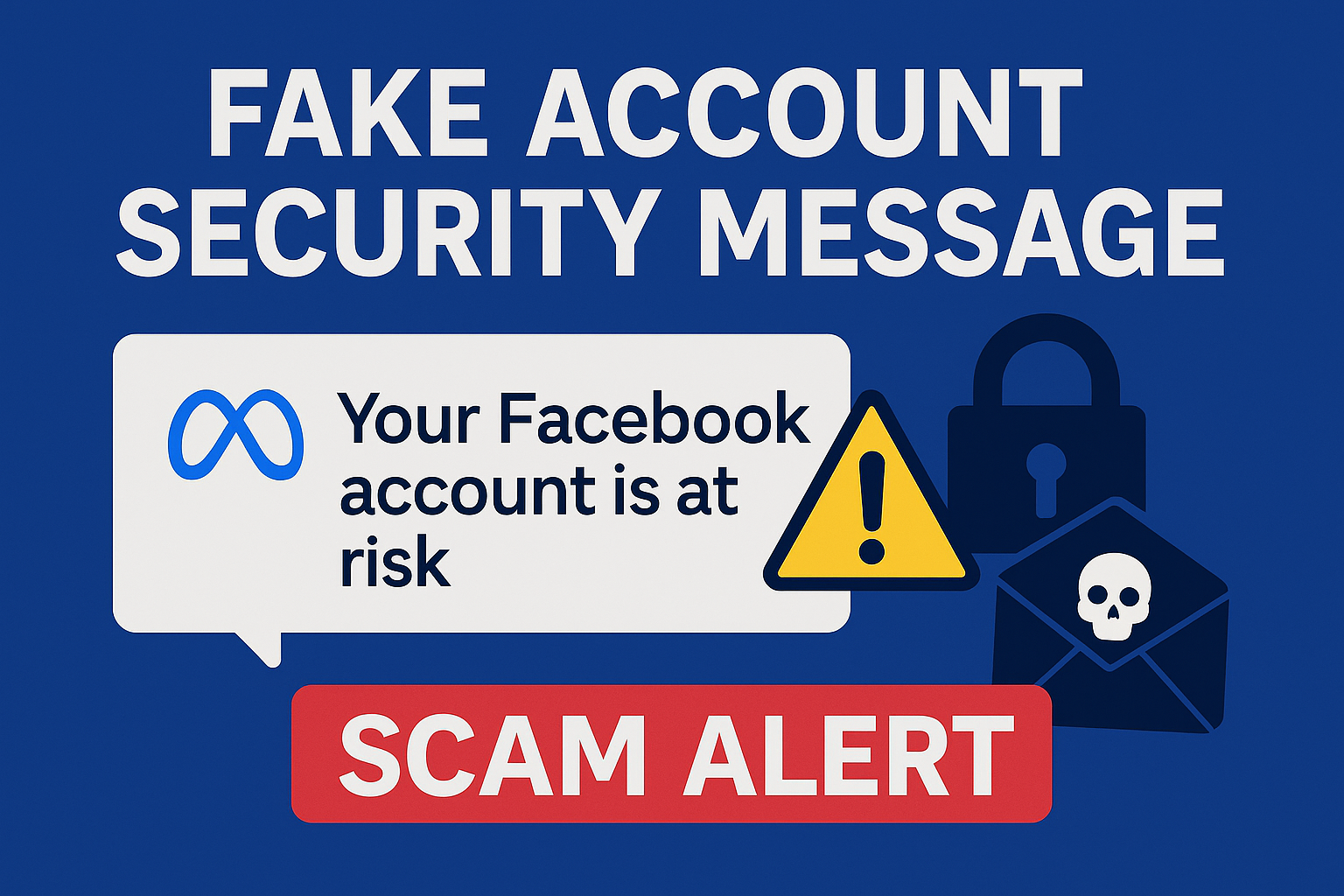The “DHL Package Held” scam has become one of the most widespread delivery-related frauds across North America, Europe, Asia, and Africa. It exploits one simple idea: almost everyone is expecting a package at some point. Scammers know this. They use the reputation of DHL — one of the world’s largest logistics brands — to manipulate victims into clicking malicious links, paying fraudulent fees, or sharing sensitive information.
These scams surged sharply during the global online shopping boom. According to the Federal Trade Commission (FTC), package-delivery impersonation scams cost consumers over $330 million in 2023, and DHL-themed scams were among the top impersonations reported in multiple regions. The scam’s success comes from timing, urgency, and the illusion of official communication. What appears to be a routine delivery notification is often a gateway to data theft, identity compromise, or direct financial loss.
Understanding the DHL Package Held Scam
The scam usually begins with a message claiming that a parcel addressed to the victim cannot be delivered. The wording often looks formal and urgent — “Your DHL package is on hold,” “Delivery attempt failed,” or “Action required to release your shipment.” The notice may warn that the package will be returned or destroyed if the recipient does not act quickly.
While the message looks official, it is almost always generated by fraudsters using automated systems. These scammers send millions of messages at once, knowing that even a tiny percentage of clicks can yield substantial profit. The messages can appear through SMS, email, WhatsApp, Facebook Messenger, or even automated phone calls. In more advanced cases, the scam links lead to cloned DHL websites designed to harvest credit card details or login credentials.
The messages typically reference a fake tracking number and encourage the recipient to follow a link to “confirm address details,” “pay a customs fee,” or “release the package from hold.” These are precisely the moments when victims unknowingly hand over personal information.
How Scammers Construct the Illusion of Legitimacy
To make the scam convincing, fraudsters rely on psychological triggers. They use the DHL brand name because it is familiar, international, and frequently associated with legitimate package deliveries. The messages are crafted to sound routine, which lowers suspicion. Most people encounter failed delivery notes at some point, so the message feels believable.
The scammers also rely heavily on timing. Messages are often sent in the morning or early afternoon, aligning with typical delivery hours. The notification mimics everyday patterns: a courier tried to drop off a package while the recipient was away. That simple narrative is enough to make many people click without thinking.
Tone plays a large role as well. The wording is usually short, direct, and urgent. Fraudsters include phrases like “immediate action required” or “scheduled return today.” This artificially induced urgency reduces rational decision-making and increases the odds that the victim will click first and question later.
Some scams go further by using DHL’s color palette and logo. The linked pages often include tracking boxes, fake customer service numbers, and menus copied from the real DHL website. These clones are built to deceive even the most cautious users.
How the Scam Unfolds
Once the victim clicks the link, the scam can unfold in several ways. One of the most common outcomes is a credential-harvesting page where the victim enters personal information such as their address, date of birth, or phone number. This information is valuable to scammers because it can be used in identity theft, social engineering, or the creation of synthetic identities.
In other cases, victims are asked to pay a small “customs” or “redelivery” fee, typically ranging from $1.50 to $5.00. These small charges seem harmless but are used to collect credit card numbers. After obtaining the data, scammers can attempt larger unauthorized transactions or sell the card information on the dark web.
Some DHL scam links lead to malware downloads. These downloads may take the form of a fake PDF receipt or mobile app update. Once installed, the malware can monitor keystrokes, capture two-factor authentication codes, or provide remote access to scammers.
A smaller but dangerous subset of scams routes victims to fraudulent customer service numbers. When victims call these numbers, they reach scammers posing as DHL agents who request additional information or attempt to persuade the victim to make payments.
Why the DHL Package Held Scam Is So Effective
This scam succeeds because it exploits everyday behavior. People shop online frequently and expect deliveries from a variety of couriers. A message about a delayed or held package taps into a natural anxiety: no one wants to lose a parcel, especially if they think it contains something valuable.
The scam also works because it blends into the noise of modern communication. Consumers routinely receive notifications from Amazon, DHL, UPS, PayPal, and dozens of other services. When a fraudulent message appears among them, it often escapes scrutiny.
Another factor is that genuine DHL notifications sometimes resemble the scam format. Legitimate messages can be short, contain tracking numbers, and include links. This similarity makes the fraud harder to spot.
Warning Signs to Watch For
Although these scams are sophisticated, they almost always contain subtle inconsistencies. A fake DHL message may originate from an unfamiliar number or an unusual email address. The wording may seem slightly informal or contain grammatical errors. The tracking number may not follow DHL’s formatting. Some links may use look-alike domains that include extra characters, hyphens, or unusual endings.
Real DHL messages never ask for credit card details through a link. Legitimate customs fees or duties are handled through official channels, not through SMS payment links. DHL also does not obscure or shorten its URLs, making shortened links a clear red flag.
If the message pressures you to act immediately or threatens to return the package within hours, it is almost certainly fraudulent. Scammers rely on urgency to bypass your critical thinking.
How to Protect Yourself
The safest approach is to avoid clicking any link in a delivery message unless you are expecting a package and have verified it independently. Instead of using the link provided, manually visit the official DHL website and enter the tracking number there. If the number is invalid, that is a strong indication of fraud.
Another protective step is to examine the sender closely. Real DHL emails come from domains such as @dhl.com or @dhl.de, never from random addresses or free email providers. SMS messages should not include shortened URLs or ask for payments.
If you receive a suspicious message, delete it immediately. Do not reply or call any number within the message. Blocking the sender can help prevent further attempts. It is also wise to enable two-factor authentication on your financial accounts and monitor your statements regularly for unauthorized activity.
For businesses, training employees to recognize these scams is essential. Many companies receive dozens of shipping notifications daily, making them prime targets.
What to Do If You Clicked the Link
If you believe you interacted with a fraudulent DHL message, take immediate action. Begin by running a security scan on your device to check for malware. If you entered personal information, change your passwords and secure your accounts using two-factor authentication. If you provided credit card details, contact your bank or card issuer to freeze the card and monitor for suspicious transactions.
You should also report the scam to your local fraud authority. In Canada, victims can contact the Canadian Anti-Fraud Centre. In the United States, reports can be submitted through the FTC. Reporting helps investigators track emerging scam patterns and contributes to public alerts.




